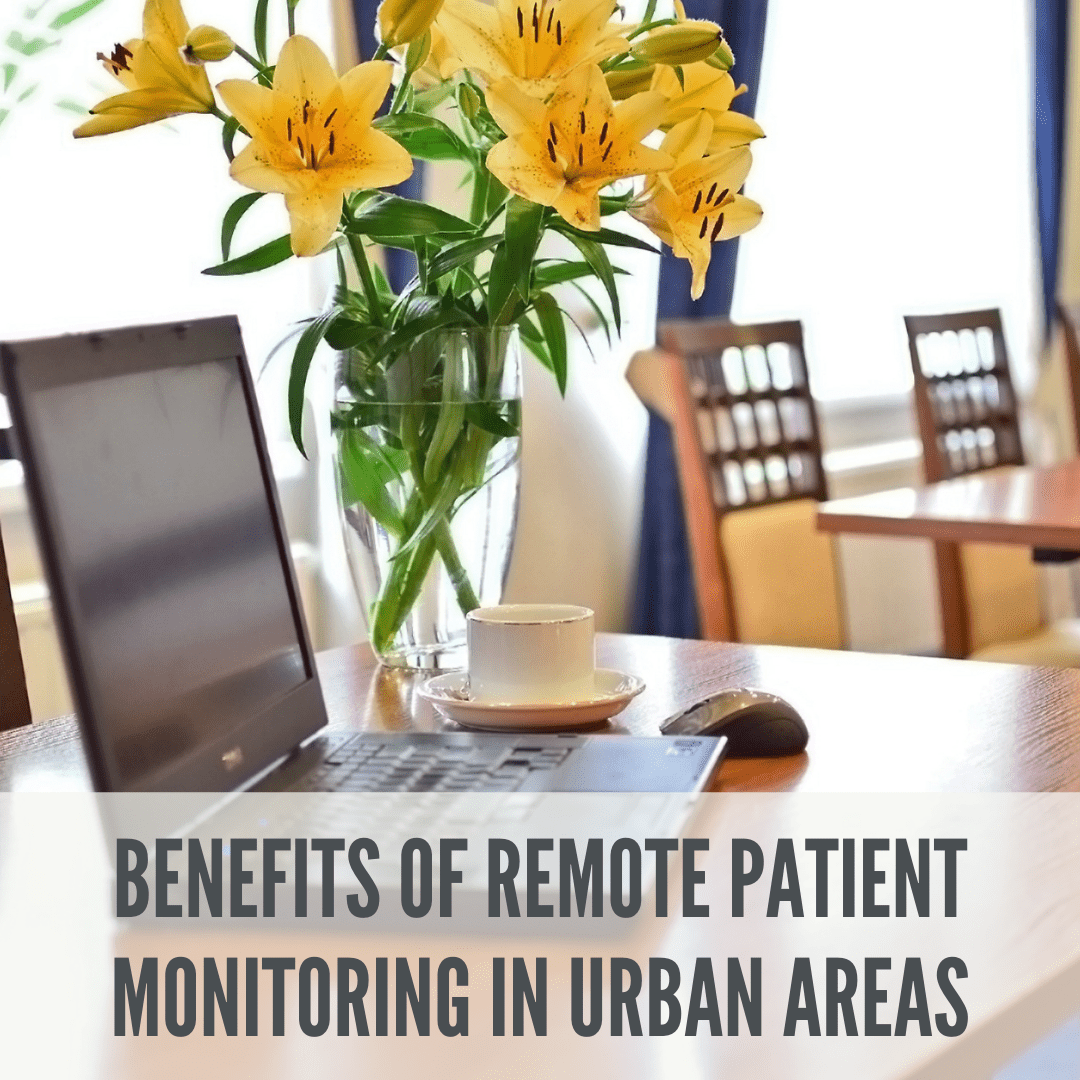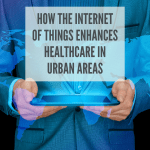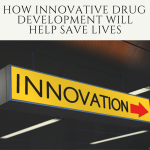
By: Heather Centorbi
Due to COVID-19, remote patient monitoring has increasingly become more popular and is paving a way to become the new normal. The Center for Connected Health Policy defines remote patient monitoring as “the use of digital technology to collect medical and other forms of health data from individuals in one location and electronically transmit that information securely to healthcare provider in a different location for assessment and recommendations”.
Healthcare providers are seeing decreased costs, an increase in efficiency, and ease of access to patient data. Benefits for remote patients, especially those in urban areas, include easier access to healthcare providers, improved quality of care and improved support. It is a great alternative to having to come into a healthcare facility especially when a stay is not required.
Remote patient monitoring allows the healthcare provider to collect information such as weight, blood pressure, blood sugar, heart rate, electrocardiograms and more. The information collected is transmitted electronically to the healthcare provider and allows them to monitor the patient remotely.
To utilize remote patient monitoring, they are often sent home with wearable tools that track the information that needs to be collected. Items a patient may be sent home with include a scale or blood pressure gauge that connect to a smartphone and sends the information to the healthcare provide over Wi-Fi. It also helps in the area of medication. Patients wear a patch that detects when their medication is taken and can be tracked by the healthcare provider.
Using a remote patient monitoring system allows for more immediate answers and immediate care. It also eliminates the need for multiple in-person visits. Remote patient monitoring is changing the future and we are sure to see more wearable technology available to track even more health information.

 Previous Post
Previous Post Next Post
Next Post